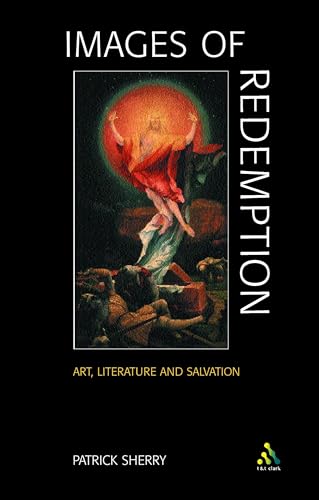APOSTLE OF THE CRUCIFIED LORD
Written by Michael J. Gorman Reviewed By Preston SprinkleMichael Gorman is a professor of New Testament and Early Church History at St Mary’s Seminary in Baltimore, Maryland. He is an accomplished Pauline scholar, and this recent work is clear evidence of this. With all the literature devoted to Pauline theology, one may wonder if there is a need for another ‘theology of Paul’. However, this book is unique in many ways and in no way superfluous to Pauline studies.
As a whole, this book is much more than just a Theological Introduction to Paul and His Letters, as the subtitle suggests. Rather, Gorman creatively combines many disciplines including archaeology, geography, social science, and especially Greco-Roman background studies that help illuminate and clarify Paul’s theological beliefs. Gorman has also distinguished his work from other theologies of Paul by adding many pictures (taken by Gorman himself), maps and reconstructions of ancient cities. Furthermore, at the end of each section there is not only a set of questions to enable the reader to reflect, but also a list of sources (both technical and non-technical) in case the reader wishes to explore the topic at a deeper level. All of these elements help make this book more than just a book on Paul, but a comprehensive textbook that would suit the inquisitive layperson and scholar alike.
The book can be divided into two major sections: the first six chapters are devoted to background issues, and the last fourteen to the letters themselves, including an epilogue at the end. Gorman writes in an extremely readable fashion. He does not shy away from wrestling with intense theological issues, but does so in a way that a non-scholarly reader will be able to follow. He discusses various current theological issues such as the ‘new perspective’ on Paul, justification, the imperial cult, and Pauline authorship. However, his emphasis is on Paul’s mission ‘to create a vast network of multicultural communities obeying and glorifying the one true God of Israel by living lives of faith, hope, and love in Christ Jesus the Lord by the power of the Spirit’ (41, cf. 63, 77). Paul was a ‘pastoral theologian’ (131) who lived a ‘cruciform’ life (120–24) and wanted his spiritual children to live cruciform lives of ‘faith, hope, and love’ (122). Gorman’s presentation of Paul, then, is more than a study on a historical figure, but a presentation of an apostle abandoned to God who continues to speak to the contemporary church and urge her towards conformity to Christ.
On the whole, Gorman tends toward the conservative end of the spectrum of Pauline scholarship. He argues for Pauline authorship of 11 of the 13 letters (excluding 1 Tim. and Titus—see especially 87–91), takes a mediating position between the ‘new perspective’ and ‘traditional’ readings of Paul (he places more of an emphasis on the Jewish apocalyptic background for Paul’s theology), and holds fairly strongly in the veracity of Acts as a historical background for Paul. Of course one may disagree with various exegetical and interpretive conclusions that he (or any one commentator!) makes, but it is difficult not to remain enthusiastic about his overall presentation of Paul and his theology. Most of all, Gorman’s heart for Christ and his bride shines through in virtually every page.
Preston Sprinkle
University of Aberdeen







